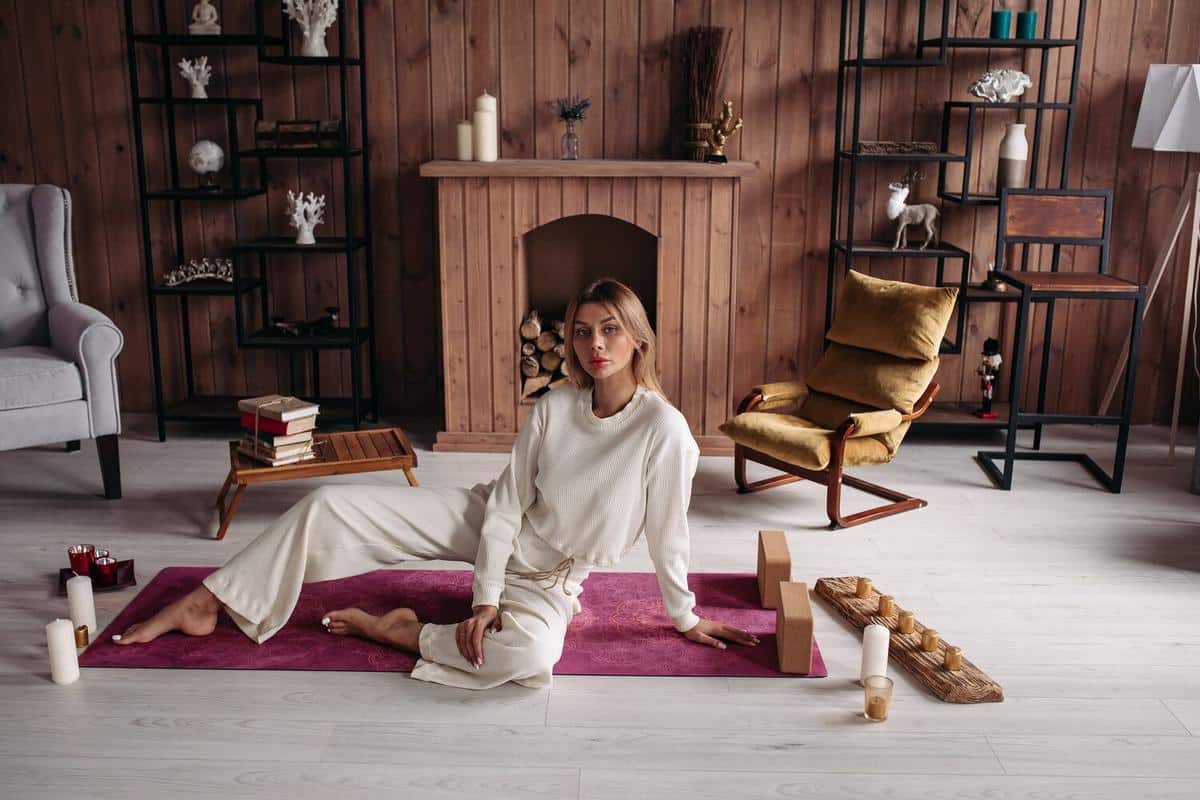
Creating a Personal Meditation Space: Tips and Essentials
Creating a personal meditation space can be a transformative step in cultivating mindfulness and enhancing your meditation practice.
To design a space that nurtures calm and focus, it’s essential to consider both the physical and psychological aspects of the environment. Let’s explore some expert insights, practical tips, and essential elements to help you create a meditation sanctuary that resonates with peace and tranquility.
Understanding the Importance of Your Meditation Space
According to renowned meditation teacher Jack Kornfield, “The real meditation is how you live your life.” This suggests that your meditation practice is deeply influenced by the environment you create. Research indicates that a dedicated meditation space can significantly enhance mindfulness and reduce stress levels, making it easier to integrate meditation into your daily routine.
Key Elements of a Meditation Space
A well-designed meditation space should include the following essentials:
- Quietness: Choose a location in your home that is free from noise and distractions.
- Comfort: Use cushions or a meditation bench to ensure a comfortable sitting position.
- Natural Light: If possible, select a space with natural light to help regulate your mood and energy levels.
- Personal Touch: Incorporate items that inspire peace, such as candles, crystals, or meaningful symbols.
Creating Your Meditation Sanctuary
Consider these actionable steps to set up your personal meditation area:
- Define Your Space: Whether it’s a corner of a room or a separate area, clearly define your meditation space.
- Declutter: Remove unnecessary items to create a clean and serene environment.
- Set the Mood: Use incense, essential oils, or soothing music to create an inviting atmosphere.
- Consistency: Regularly meditate in the same spot to build a strong association with mindfulness.
Choosing the Right Accessories
| Accessory | Benefit | Recommendation |
|---|---|---|
| Meditation Cushion | Supports posture and comfort | Zafu or bolster |
| Yoga Mat | Provides a stable surface | Non-slip mat |
| Essential Oils | Enhances relaxation | Lavender or chamomile |
| Candles | Creates ambiance | Soy or beeswax candles |
| Singing Bowl | Promotes focus | Tibetan or quartz |
| Plants | Improves air quality | Succulents or ferns |
| Incense | Stimulates the senses | Sandalwood or sage |
| Artwork | Inspires tranquility | Mandala or nature scenes |
Personal Anecdote: Finding Peace at Home
John, a busy professional, transformed a small corner of his living room into a meditation nook. By using a simple cushion and adding a few green plants, he found that dedicating just 15 minutes a day to meditation helped him manage stress and improve his overall mood.
Frequently Asked Questions
How much space do I need for a meditation area?
Even a small corner can suffice as long as it’s dedicated to your practice.
Can I share my meditation space with another activity?
It’s best to keep your meditation area solely for mindfulness to establish a strong mental association.
What if I don’t have a quiet space at home?
Consider using noise-canceling headphones or meditating during quieter times of the day.
Conclusion
Creating a personal meditation space is a rewarding endeavor that can deepen your mindfulness practice. By focusing on comfort, tranquility, and personal touches, you can build a sanctuary that promotes peace and well-being. Start small, and as your practice grows, your space can evolve with it.
For additional resources on meditation techniques, visit Mindful.org or explore guided sessions on platforms like Headspace.


